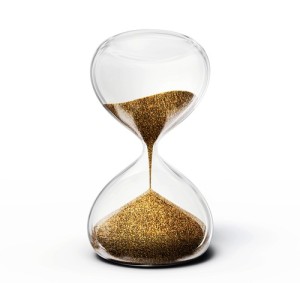Jurisdiction and venue often arise in the context of “forum shopping” when filing a lawsuit.
Unquestionably, it is better to file a lawsuit in some places compared to others and good lawyering requires careful consideration of venue and jurisdiction and the distinction between the two.
In many jurisdictions, like Maryland and Virginia, one or two places tend to be the preferred stop for plaintiffs’ lawyers for personal injury lawsuits.
To better understand “forum shopping,” you have to understand the concept of a “forum” in the first place, which requires an understanding of the difference between personal jurisdiction and venue. Before we distinguish jurisdiction from venue, let’s talk about them both.
What Is Jurisdiction?
Personal jurisdiction is an incredibly important piece of the puzzle when putting together a lawsuit. It boils down to is a court’s ability to exercise its power over an entity, whether that is a person, business, trust, etc.
For example, say you are a Maryland resident, it would feel unfair if an Oklahoma court could render a judgment over you if you have no connections to that state. That is where the doctrine of jurisdiction comes into play: it is all about the court’s ability to bring you under its power.
Continue reading
 Lawsuit Information Center
Lawsuit Information Center





